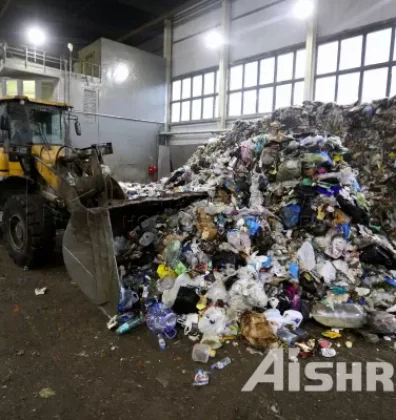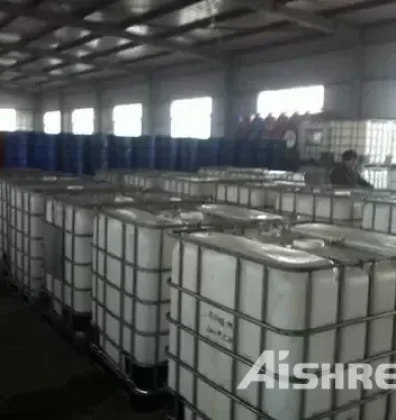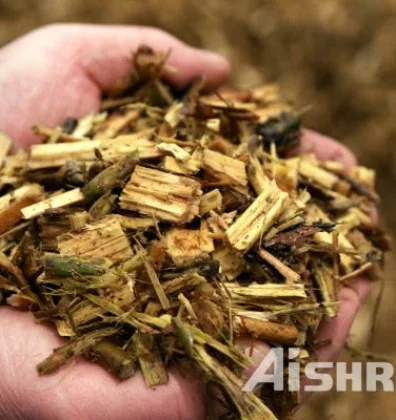When using pyrolysis to process plastic waste, the purity of the plastic and the presence of contaminants such as paper, metals, glass, dirt, or non-plastic materials can interfere with the pyrolysis process and reduce the quality of the output. Generally speaking, the plastics entering the pyrolysis reactor should ideally have a high purity (90% or higher) to ensure efficient and clean conversion into oil, gas, and char. Here's a detailed explanation:

Impact of Plastic Purity on Pyrolysis
- High-Purity Plastics (e.g., HDPE, PP, PS)
- Produce higher yields of valuable liquid oil (pyrolysis oil) with consistent chemical composition.
- Generate cleaner gaseous byproducts (syngas) and solid residues (char).
- Reduce the need for post-processing to remove impurities.
- Mixed or Contaminated Plastics (e.g., PVC, PET, or multi-layer packaging)
- PVC: Releases hydrochloric acid (HCl), corroding equipment and requiring gas scrubbing.
- PET: Produces oxygenated compounds, lowering oil quality and complicating refining.
- Multi-layer plastics (e.g., food packaging): May contain adhesives or non-pyrolyzable materials, increasing ash content.
Effect of Contaminants in RDF (Paper, Metals, etc.)
- Paper and Cellulosic Materials
- Increase char yield but reduce oil quality due to oxygen content, leading to higher water and acid formation.
- Can lower the calorific value of pyrolysis oil.
- Metals (e.g., aluminum, steel from labels or packaging)
- Do not pyrolyze, remaining as solid residues that must be separated post-process.
- Can damage reactor internals or catalysts if not removed beforehand.
- Organic Contaminants (food waste, oils, etc.)
- Introduce moisture and volatile compounds, reducing process efficiency.
- May produce undesirable byproducts (e.g., tar, foul odors).
Pre-treatment and Sorting Requirements
- Mechanical Sorting: Shredding, magnetic separation, and air classification help remove metals and non-plastic materials.
- Washing: ;Removes food residues, adhesives, and surface contaminants.
- Drying: Essential to minimize moisture, which lowers pyrolysis efficiency.
Economic and Environmental Implications
- Higher Purity Input = Better Output Quality: Reduces downstream refining costs and improves marketability of pyrolysis oil.
- Contaminants Increase Processing Costs: Additional cleaning, gas treatment, and waste disposal may be needed.
- Regulatory Compliance: Emissions (e.g., dioxins from chlorine-containing plastics) must meet environmental standards.
GEP ECOTECH has been focusing on plastic recycling and pyrolysis for more than 10 years, and has many projects around the world. Should you have any inquires, please feel free to contact us.




